If you’re a fan of seafood, crab with tamarind sauce, also called Cua Rang Me, is a Vietnamese delicacy you shouldn’t miss. It is, quite literally, a party of flavors that combines crab’s natural sweetness with the delightful sour taste of tamarind.
The dish looks visually impressive and feels right at home on the table of a fancy dinner. At the same time, it’s simple enough for you to make and enjoy on the weekends with your loved ones. In other words, there’s no reason not to get to the kitchen and cook up this mouth-watering recipe.
What Is Cua Rang Me And Why You Should Try It?
Vietnam is a country with a long coastline and an extensive collection of fresh seafood. For this reason, the Vietnamese have come up with numerous delicious seafood-based dishes, and Cua Rang Me is one of the most well-known ones.
The delicacy contains fried crab bathed in sweet, spicy, tangy, and savory sauce made with tamarind. Every bite brings you a harmonious blend of flavors that can’t be found in any other dishes.
As such, it’s no surprise that people in every part of Vietnam enjoy Cua Rang Me tremendously. They often make it on special occasions and weekend family dinners.
Tools
The tools included in this section are for two tasks, cleaning the crab and cooking them.
Ingredients
Crab and tamarinds are the most important ingredients in today’s dish, so you should go for the freshest options available.
For The Sauce:
Directions
Contrary to what some people might think, the steps to make Cua Rang Me are not complicated at all. Simply follow my instructions, and you’ll have an impressive dish in no time.
Step 1: Prepare The Ingredients
Important note
Since this recipe asks for fresh live crab, you should learn the proper way to clean crab in advance.
First, place your crab in the freezer for about 45 to 60 minutes. After that, take it out and clean it carefully.
Chop the crab into smaller pieces and season them with 1 teaspoon of soup powder, 1 teaspoon of red pepper powder, and 1 teaspoon of brown sugar. Mix well and let the crab sit for 15 minutes to absorb the spices.
Mince lemongrass, garlic, and shallots. Next, finely chop the laksa leaves and thinly slice the ginger. You should keep some laksa leaves unchopped for serving.
Soak the sour tamarind in warm water, and press them with a spoon to release the flavor. Whisk the tapioca flour in cool water.
Step 2: Roast The Peanuts
Heat a pan on the stovetop and roast the peanuts for 5 minutes or until golden brown. Wait for them to cool and remove the skin.
Step 3: Fry The Crab
Add some oil to the pan. Roll the crab meat through the crispy flour to create a “protective” layer that keeps the crab from drying out when fried. Once the oil is heated, fry the crab for about 5 minutes until all sides are cooked. Set aside.
note
You should wait for the oil to be hot enough before adding the crab to prevent splattering.
Step 4: Cook The Crab With Tamarind Sauce
Add a little oil to a clean, heated pan and fry the minced lemongrass until fragrant. Next, add the shallots, garlic, and ginger to the pan and stir for 2 to 3 minutes.
When the herbs and spices turn aromatic, add the tamarind water. Stir and season the mixture with oyster sauce, chili sauce, fish sauce, and brown sugar.
Next, put the fried crab in the pan and stir for 2 to 3 minutes. Add the chopped laksa leaves and continue stirring for another 5 minutes to infuse the crab with all the spices.
Lastly, pour the tapioca flour-water mixture and stir until the sauce is slightly thickened. Turn off the heat, and your dish is ready for serving!
Step 5: Present The Dish
Drizzle a little sauce on the plate, then arrange the crab pieces to form a whole crab. Pour some more sauce on the crab shells and sprinkle it with roasted peanuts. Remember to place some laksa leaves on the same plate. Enjoy while the dish is still hot.
Tips For Cooking, Serving, And Storing
If you wonder what to serve with Cua Rang Me or need some handy tips to help with the cooking process, this section will give you all the answers.
Enjoy This Flavorsome Seafood Dish!
If you’ve never prepared a whole crab before, this recipe might seem a little intimidating at first. But don’t worry! As long as you follow the steps in my post, I guarantee that you’ll have trouble whipping up this delicious Vietnamese seafood dish.
Sweet and savory flavors combined with tangy and spicy notes, Cua Rang Me is a delicacy that can please everyone. If you’ve tried this dish, share with other readers and me what you think about it in the comment section. Also, please like and share the post with people around you.
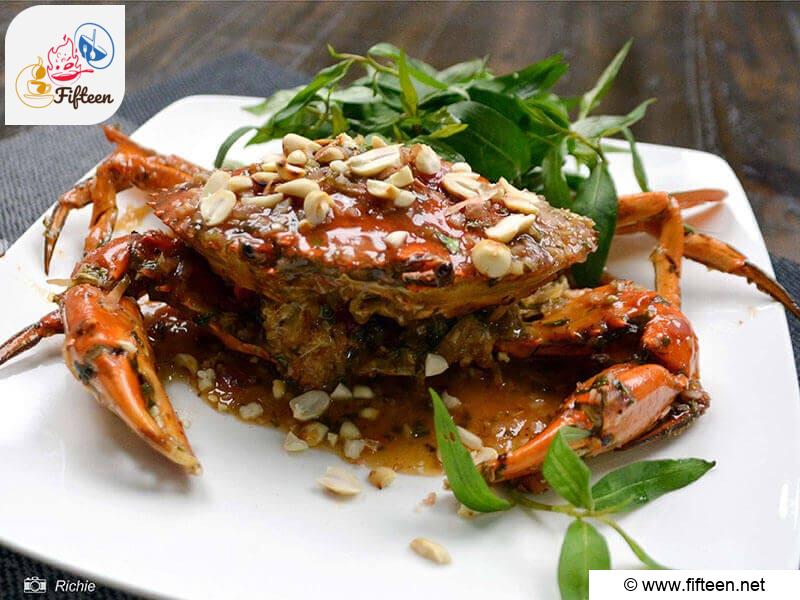
Delicious Crab With Tamarind Sauce (Cua Rang Me)
Ingredients
Main Ingredients:
- 1.1 pounds (500 grams) of live whole crab
- 0.11 pounds (50 grams) of laksa leaves
- 0.15 pounds (70 grams) of peanuts
- 0.25 pounds (120 grams) of crispy flour (bot chien gion)
- 3.4 fluid ounces (100 milliliters) of water
- 3 teaspoons tapioca flour
- 0.18 pounds (80 grams) of garlic
- 0.18 pounds (80 grams) shallots
- 0.7 ounces (20 grams) of ginger
- 4 lemongrass stalks
- 1 teaspoon brown sugar
- 1 teaspoon pepper
- 1 teaspoon red pepper powder
- 1 teaspoon soup powder
- Vegetable oil
For the sauce:
- 0.22 pounds (100 grams) of sour tamarind
- 5 fluid ounces (150 milliliters) of warm water
- 2.4 fluid ounces (70 milliliters) of fish sauce
- 0.22 pounds (100 grams) of brown sugar
- 2 teaspoons oyster sauce
- 2 teaspoons chili sauce
Instructions
- Clean the crab and chop it into smaller pieces.
- Season them with soup powder, brown sugar, and red pepper powder.
- Mix well and let the crab sit for 15 minutes.
- Mince lemongrass, garlic, and shallots. Next, finely chop the laksa leaves and thinly slice the ginger.
- Soak the sour tamarind in warm water, and press them with a spoon to release the flavor.
- Whisk the tapioca flour in cool water.
- Heat a pan on the stovetop and roast the peanuts for 5 minutes or until golden brown. Wait for them to cool and remove the skin.
- Add some oil to the pan. Roll the crab meat through the crispy flour.
- Once the oil is heated, fry the crab for about 5 minutes until all sides are cooked. Set aside.
- Add a little oil to a clean, heated pan and fry the minced lemongrass until fragrant.
- Add the shallots, garlic, and ginger to the pan and stir for 2 to 3 minutes.
- When the herbs and spices turn aromatic, add the tamarind water. Stir and season the mixture with oyster sauce, chili sauce, fish sauce, and brown sugar.
- Put the fried crab in the pan and stir for 2 to 3 minutes.
- Add the chopped laksa leaves and continue stirring for another 5 minutes.
- Lastly, pour in the tapioca flour-water mixture and stir until the sauce is slightly thickened.
- Enjoy while the dish is hot.
Video
Notes
- The total time is based on 1 serving.
- Rock crab, Dungeness crab, blue crab, and Vietnamese mud crab are some of the best kinds of crab for this dish.
- Tamarind paste and powder are acceptable alternatives for fresh tamarind.
- It’s very important to buy live crab because eating improperly stored dead crab can make you sick.
- Try asking the store’s staff to clean and prepare the crab for you.
- Serve this dish with steamed rice, banh mi, banh da, and a cold beer.
- You can store the leftovers in the fridge for up to 2 days.


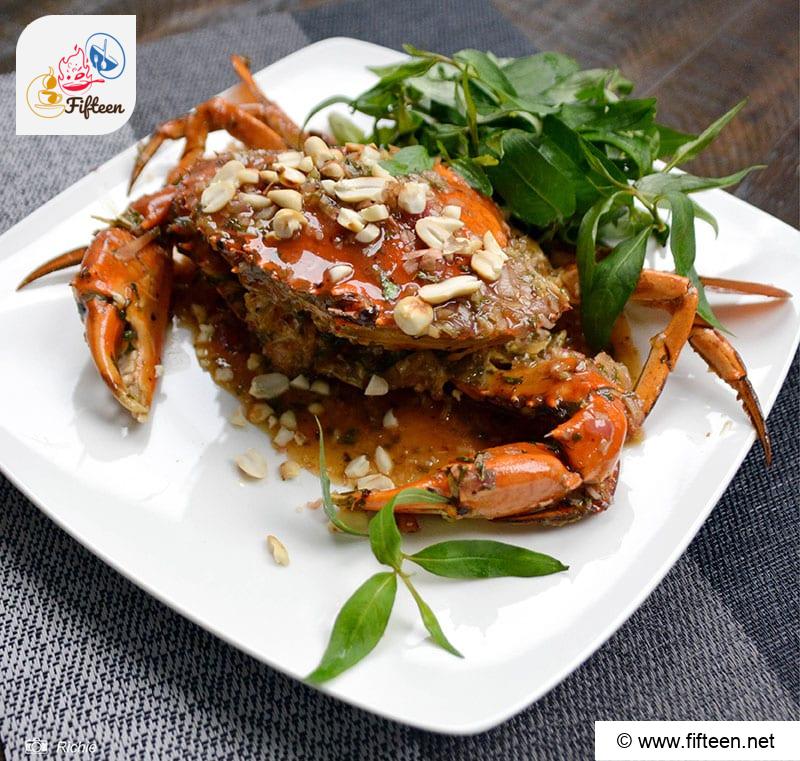
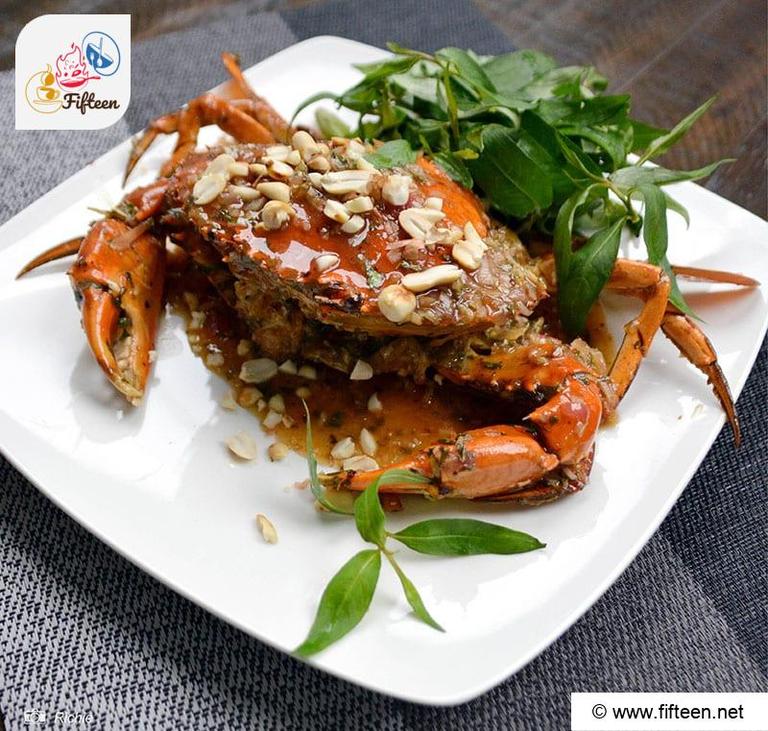
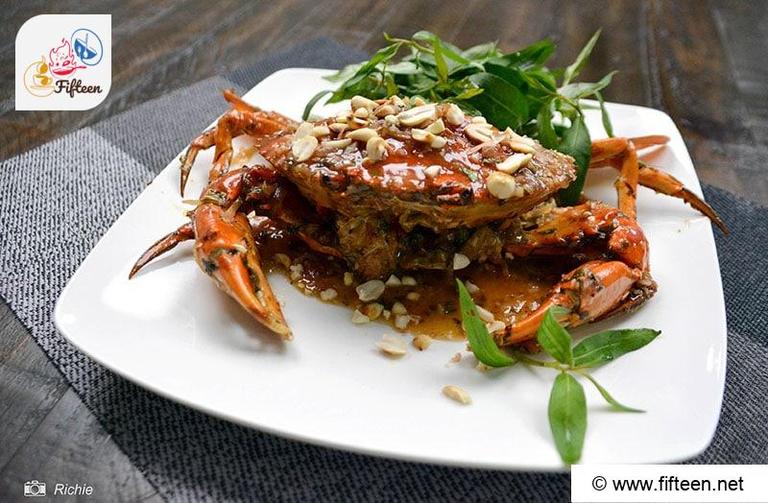
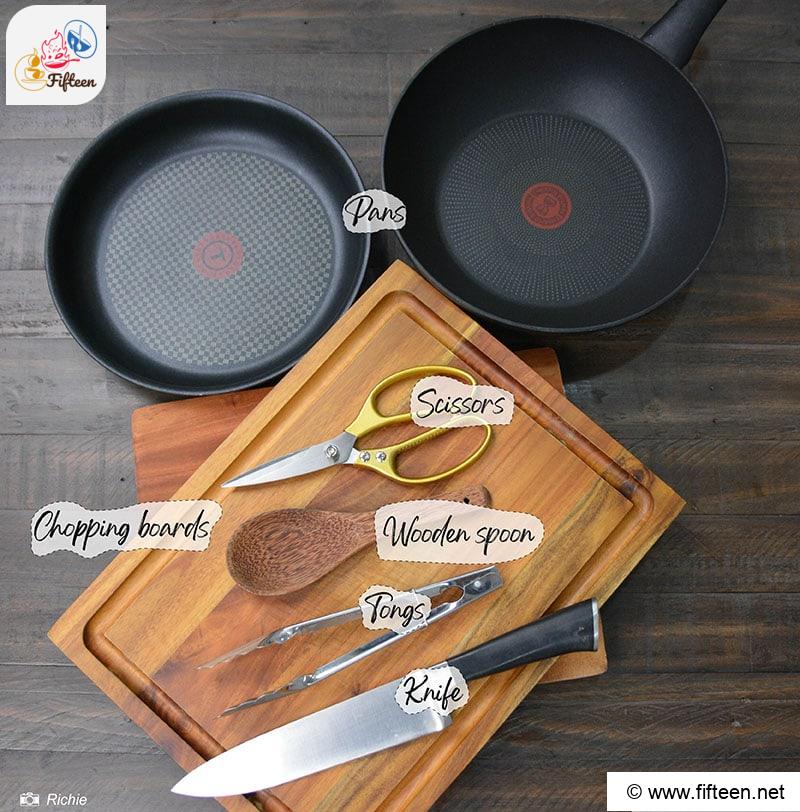
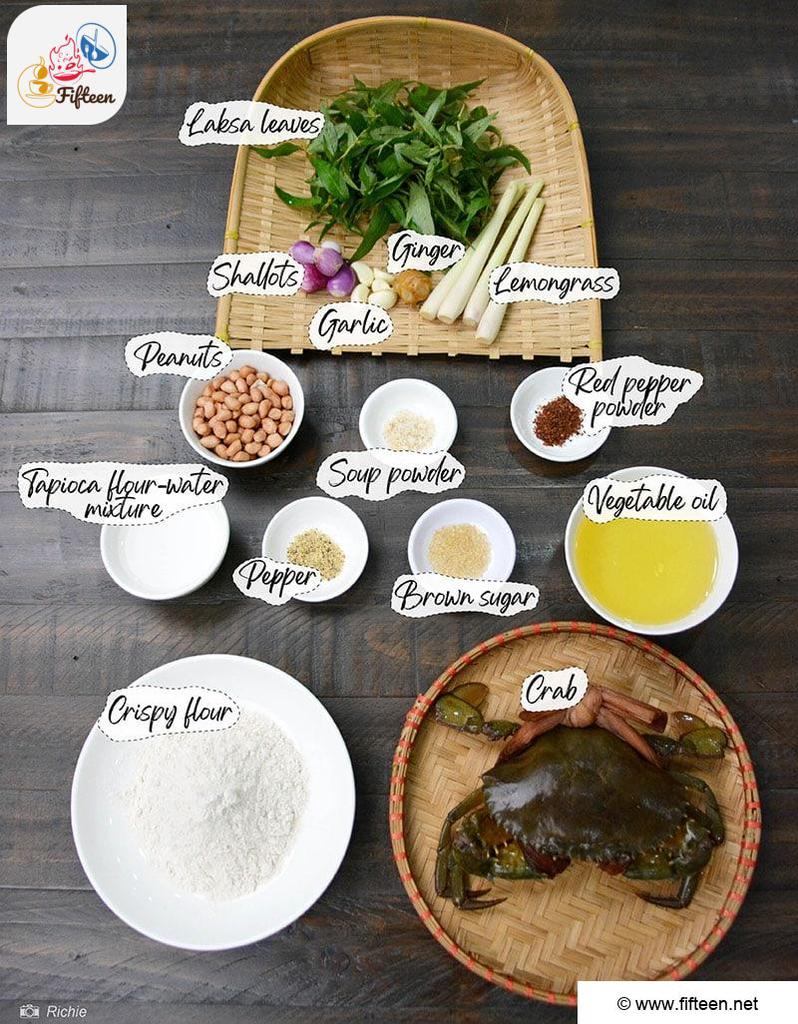
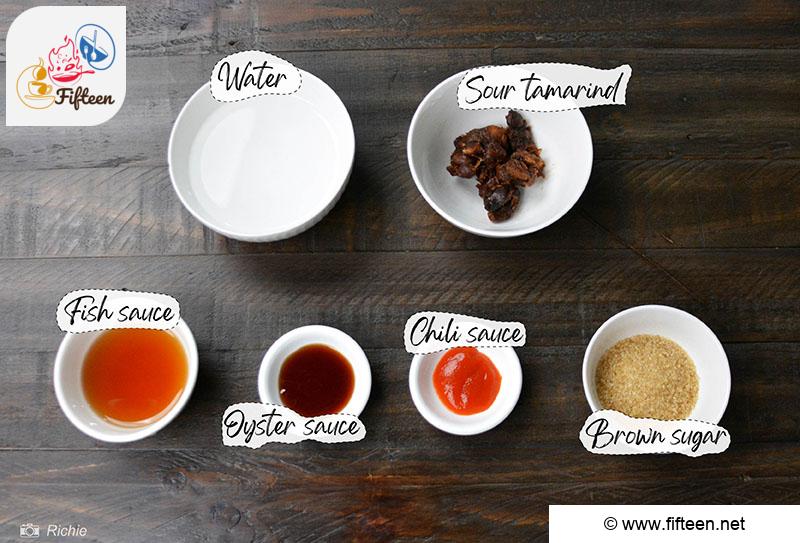
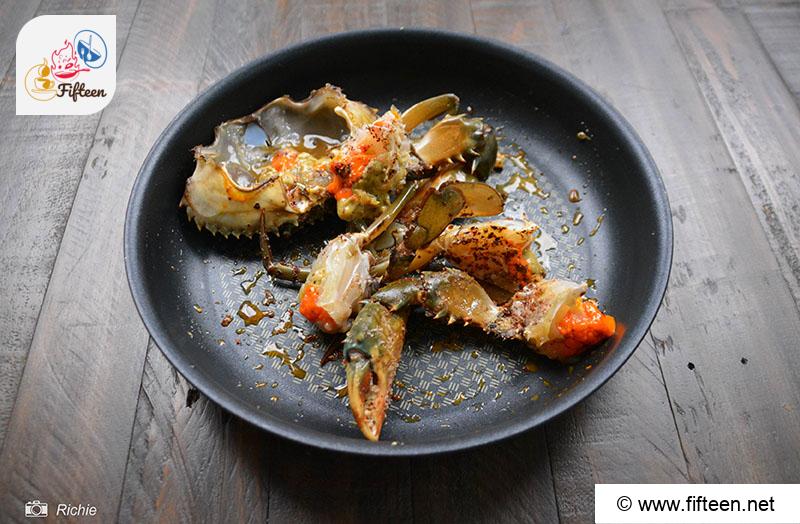
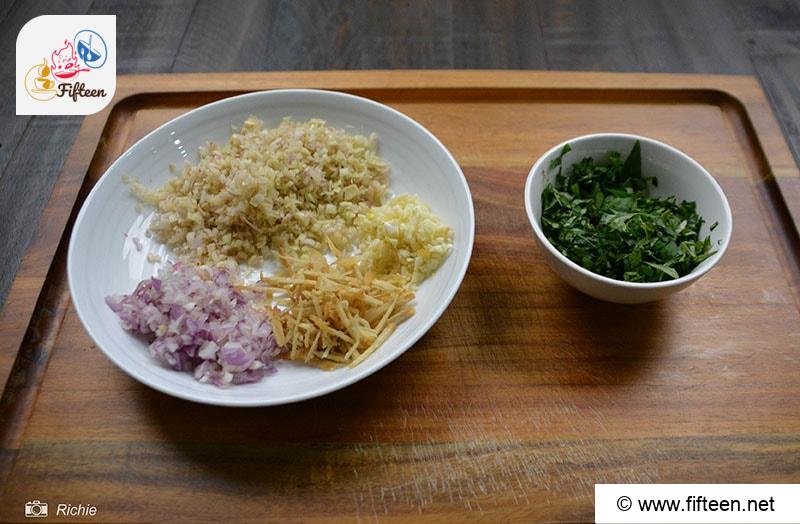
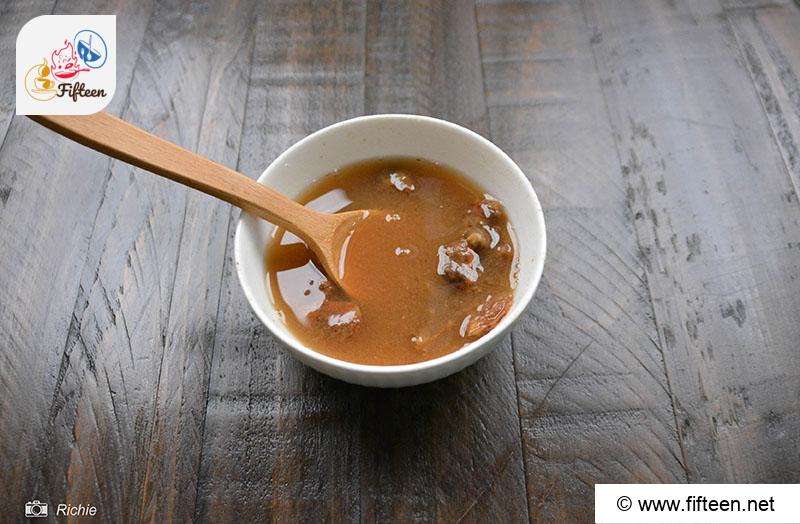
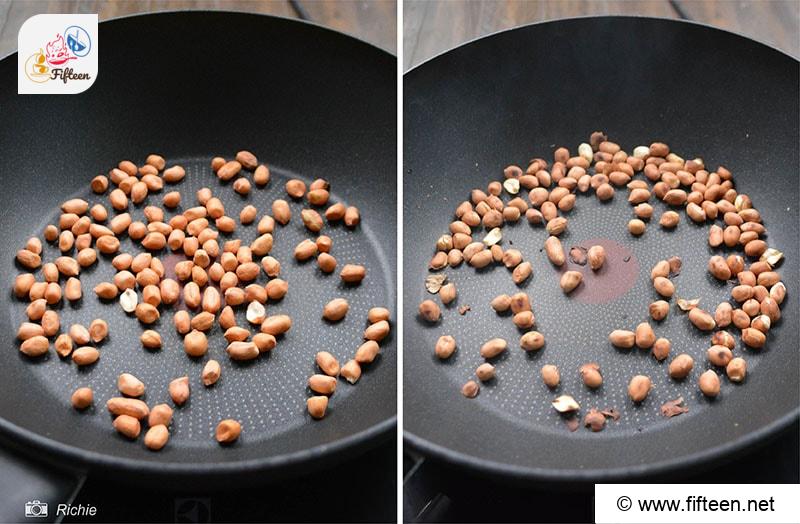
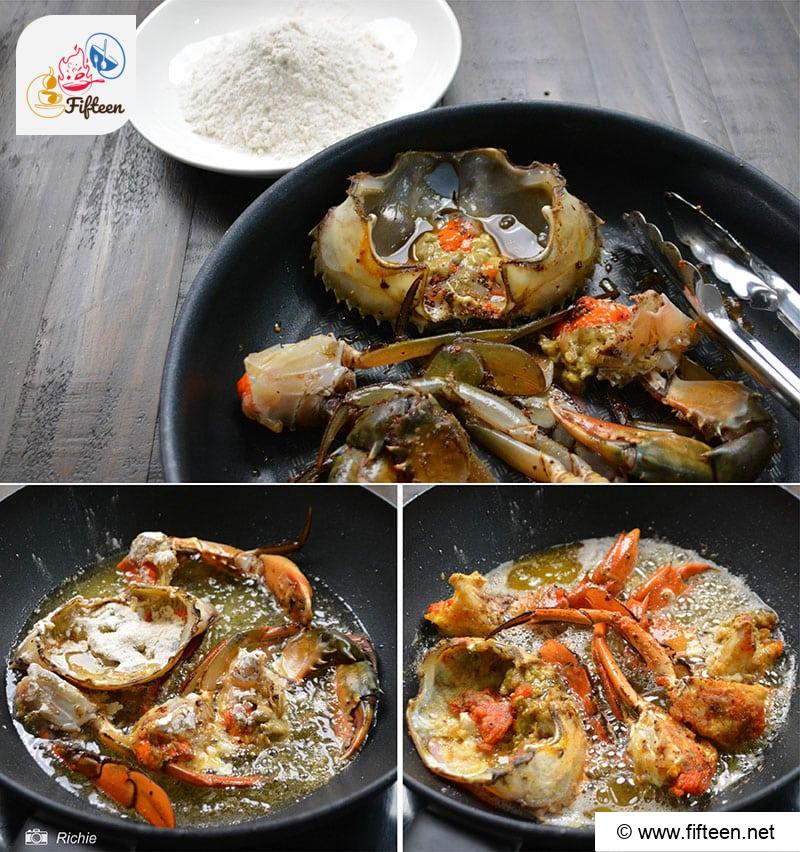
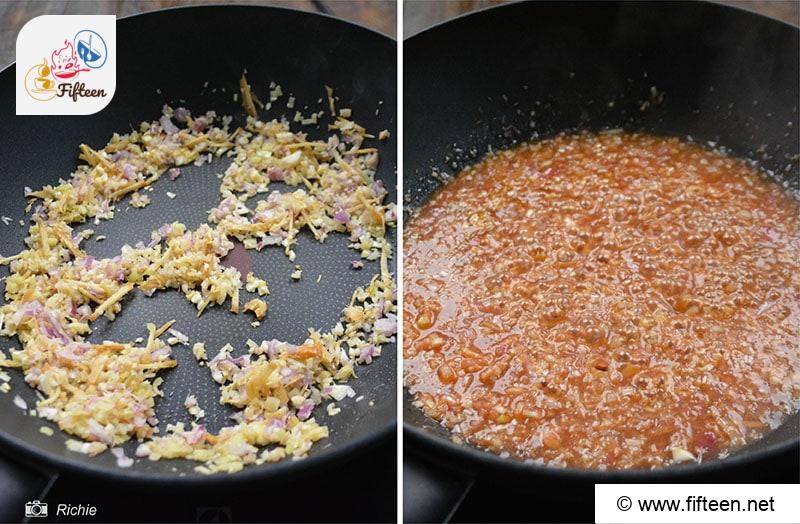
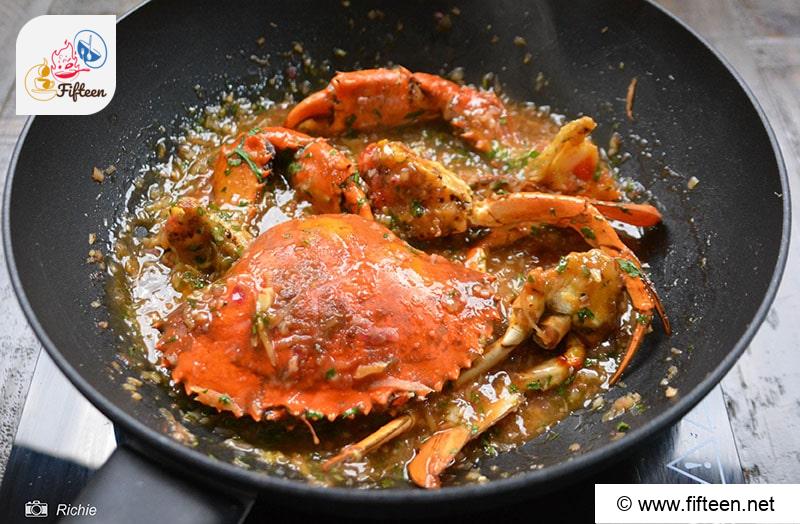
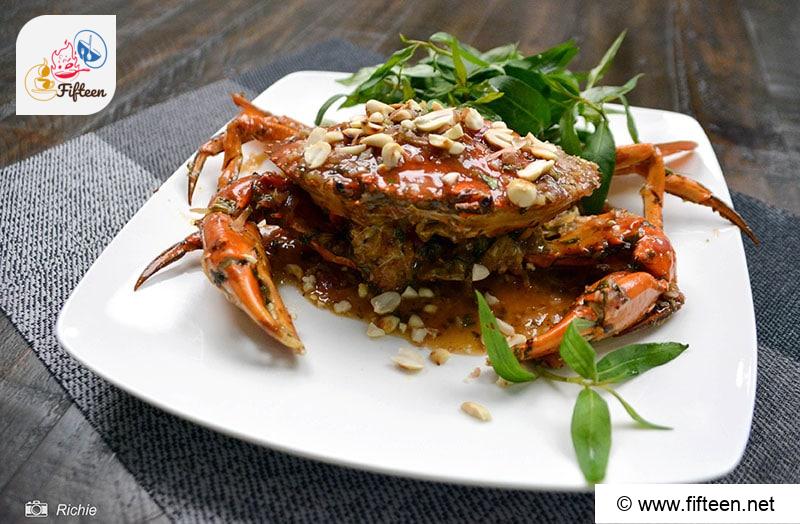
Richie
Content Writer
Expertise
Home Cooking, Meal Planning, Food Styling, Food Photography, Cooking-video Maker, Beverage Evaluation Expert
Education
Saigon Culinary Arts Centre, Ho Chi Minh City, Vietnam
Vietnam Australia Vocational School (VAAC), Hanoi, Vietnam
Richie, based in Ho Chi Minh City, Vietnam, is a dynamic Content Writer with a talent for capturing the essence of culinary art.
Richie specializes in creating visually appealing and tasty content, offering a new angle on Vietnamese and other culinary traditions. With a background in graphic design and a love for food styling and photography, he expertly combines beauty with food narratives, encouraging his audience to discover the culinary world through his imaginative perspective.